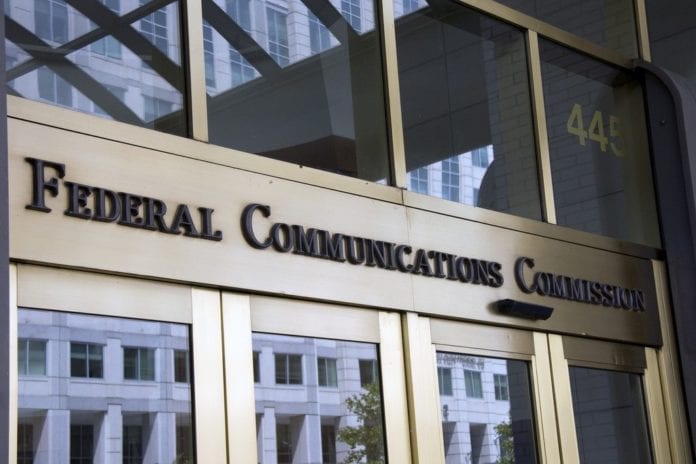The Federal Communications Commission is re-examining a voluntary framework on network resiliency that was put together two years ago and asking mobile carriers to report on how they used that framework and whether they are doing all they can to promote rapid network recovery in the wake of natural disasters.
FCC Chairman Ajit Pai has begun a “comprehensive review” of the Wireless Resiliency Cooperative Framework, which wireless industry players developed and was approved by the FCC in 2016. That framework outlines a voluntary commitment by mobile carriers to “promote resilient wireless communications and situational awareness during disasters.”
“The American people expect quick and effective recoveries from natural disasters like Hurricane Michael and other storms,” said Pai in a statement. “That’s why we are re-examining the last Administration’s framework to make sure all wireless carriers are meeting communities’ needs and doing everything they can to promptly restore service after a natural disaster.”
Pai has called the network recovery response to Hurricane Michael, which decimated areas of the Florida Panhandle, “unacceptable.” Verizon has described the damage to its network — particularly to fiber connections — as “unprecedented” and contributing to the slow pace of recovery.
In letters to AT&T, Verizon, Sprint, T-Mobile US, US Cellular, GCI and Southern Linc — all of which participate in the voluntary framework — Lisa Fowlkes, bureau chief of the FCC’s Public Safety and Homeland Security Bureau, asked carriers to report to the FCC on how they applied the framework in their disaster responses in 2017 and 2018, including “detailed lists of mutual aid and roaming agreements carriers have established with each other, as well as any instances where such agreements were modified, impeded, or even declined outright. The agency also asks for information as to each company’s implementation of industry best practices.”
The voluntary framework approved by the FCC in April 2016 laid out a five-part strategy to enhance coordination among wireless carriers during emergencies. According to the FCC, those parts included:
-providing reasonable roaming when technically feasible
-fostering mutual aid among wireless providers
-developing best practices with local public safety officials and establishing a provider/911 call center contact database
-working to increase consumer readiness and preparation
-improving public awareness and stakeholder communications on service and restoration status with county-by-county information.
The FCC asks that carriers report back by Nov. 26.

